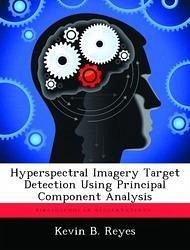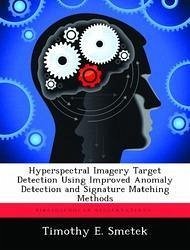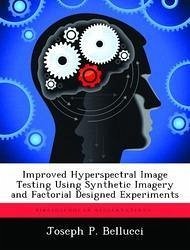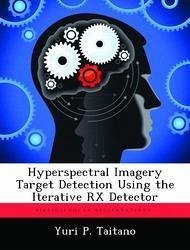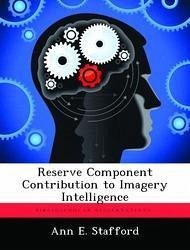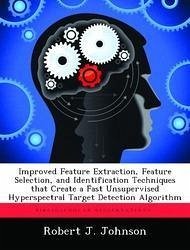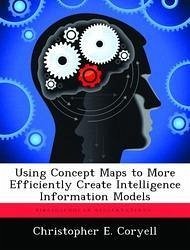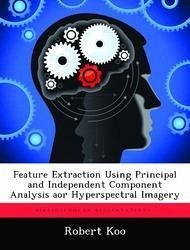
Feature Extraction Using Principal and Independent Component Analysis aor Hyperspectral Imagery
Versandkostenfrei!
Versandfertig in über 4 Wochen
52,99 €
inkl. MwSt.
Weitere Ausgaben:

PAYBACK Punkte
26 °P sammeln!
Hyperspectral imagery (HSI) analysis is frequently employed by the Department of Defense for the purpose of classifying objects within an image as a form of target detection. In this research a robust Two-Phase Filtering Independent Component Analysis (ICA) Target Detection Method is proposed and validated. This new method resolves two main challenges encountered when implementing target detection methods using ICA, a high order statistics feature extraction (FE) method. The first challenge is the high computational demand imposed by the large volume of data associated with HSI during the FE p...
Hyperspectral imagery (HSI) analysis is frequently employed by the Department of Defense for the purpose of classifying objects within an image as a form of target detection. In this research a robust Two-Phase Filtering Independent Component Analysis (ICA) Target Detection Method is proposed and validated. This new method resolves two main challenges encountered when implementing target detection methods using ICA, a high order statistics feature extraction (FE) method. The first challenge is the high computational demand imposed by the large volume of data associated with HSI during the FE process. To alleviate the effort required for ICA data processing, principal component analysis (PCA), a classical second order statistics method, is used for data reduction. Furthermore, the performance of using PCA under classification is compared against recently developed supervised FE techniques. The second challenge arises during the feature selection (FS) phase after the statistically independent components have been extracted. Current ICA target FS techniques have shown to be either unreliable or require significant user-intervention. A reliable FS process is essential in automating the target detection process. This proposed method uses ICA to extract independent features from the retained principal components, and is followed by an unsupervised target FS with a two-phase filtering process using kurtosis and mean silhouette values. This method achieved promising results when tested against a wide range of benchmark images.



